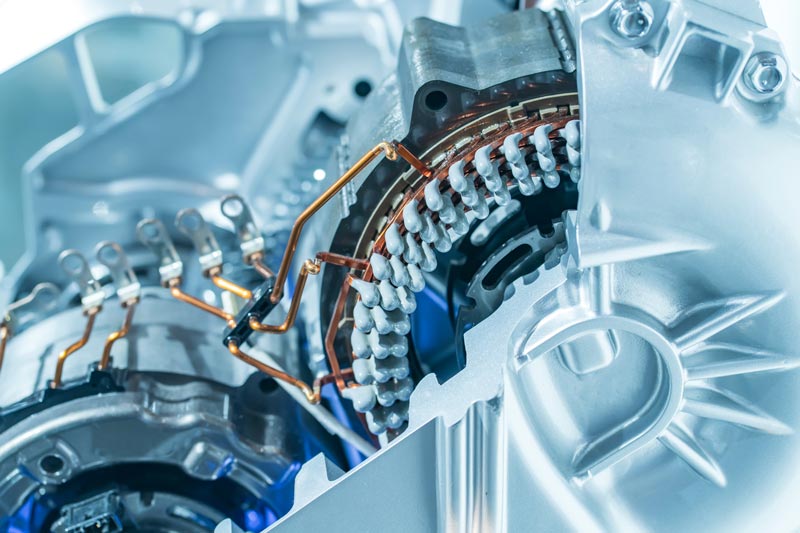
Gearboxes are a key part of any traditional vehicle—they’re responsible for transferring the engine’s energy to the wheels in the most efficient way possible. But with direct drive, EVs have the option of omitting that piece. So what is the difference between Direct Drive and Transmission?
Transmission uses a gearbox to transfer power from the motor to the wheels. EV direct drive connects directly to the wheels. Transmission allows for higher torque at low speeds and higher top speeds. Direct drive requires less maintenance and is more efficient.
In this article, I will break down the advantages of each system and how to choose between direct drive and transmission. Each one has its own advantages, but as you’ll see, one is much more efficient than the other.
Table Of Contents
In direct-drive EVs, the electric motor is directly connected to the vehicle’s wheels. This means fewer moving parts, reduced maintenance costs, and a longer life for the engine. It also means there is no need for a transmission. On the other hand, transmission electric cars use an electric motor to turn an input shaft of a transmission. The output shaft of the transmission turns the wheels of the vehicle. While transmissions offer better control of the vehicle’s torque to the wheels in different driving conditions, they require more complex manufacturing, add extra weight and complexity to the vehicle’s drivetrain, and may cause more maintenance issues over time because of their additional moving parts. Direct drive systems like Tesla’s have no transmission. Still, most EV makers use a transmission to control gear ratios. Having a direct drive in an electric car means there is no gearbox between the motor and the wheels. A gearbox transfers power from the engine to the wheels and changes the motor’s rotational speed to suit different driving conditions. It contains several gear ratios that the car can switch between, allowing it to go faster or slower as needed.
On the other hand, a direct drive system does not have a gearbox but rather a single gear ratio, which may not be ideal for all driving conditions. In some cases, an electric motor attached directly to the wheel will produce enough torque, but in others, it will require too much energy from the battery pack. The lack of a gearbox also means that many of the components inside an electric vehicle—such as the batteries, motors, and controllers—must be larger than they would be in a transmission-equipped car. This increases weight and raises costs. Direct drive systems are more common in large vehicles with relatively low top speeds, such as buses or delivery trucks. Their low maintenance costs and reduced complexity make them more economical than vehicles with a conventional transmission. Both direct-drive and transmission systems have their own unique advantages. Let’s look at them in more detail.
The downside —if you want to call it that— of a direct drive is that the motor needs to be big enough to provide maximum torque at all times.
This is why most direct-drive cars have been tiny urban runabouts like Smart cars, BMW’s i3 city runabout, and Renault’s Twizy electric quadricycle. But even in one of those, an electric motor has to be relatively large and powerful.
Other problems include:
Watch this video by Lesics about how an electric direct drive works:

A renowned Tesla enthusiast, and successful entrepreneur, enlightens global audiences through his compelling EV narratives. Discover more about his electric journey on his About Me page. Venture to read Erwin's incredible story that's reshaping the future of motoring. Want to spark a conversation with Erwin? Visit his Contact page, and let’s electrify the world together.